Parent Tip: Clear writing & sentence structure
One of the signs of a high school or underdeveloped college writer is the over-reliance on the following sentence structure:
[Leading phrase or clause], [Independent clause].
If you’re not sure what this means, read this paragraph out loud and listen for the pattern:
“When joining the track team, I had grand dreams of being in multiple relays of fast runners who actually win races. In just the previous year, I had started training on my own and got my mile time down to under six minutes, so I was excited to join a track team where times like that were plentiful. At my first meet, the relay team that I was assigned to was the slowest on the team. Known as The Snail Force, the relay team was a source of laughter for most kids on the team. Not surprisingly, the relay team was really dispirited. As a new member of this seemingly hopeless relay team, I was angry to be lumped with these kids that had so clearly given up.”
Yes. Each sentence trips over itself. Ba-ba-ba, ba-ba-ba-ba-ba. Ba-ba-ba, ba-ba-ba. It’s the feel of tumultuous ocean waves and can make readers feel seasick after a while, no matter how great the thoughts or other aspects of the writing. The style becomes even more uncomfortable for readers when kids also lean into overly complicated writing tenses, repeat words, and use the passive voice. The passive voice creates the feel of being stranded in the middle of a roiling sea, with no ability to leave.
We see this ba-ba-ba, ba-ba-ba-ba-ba writing habit all the time, including in fiction writing (especially disruptive), and have wondered why this has become such a tic. It’s hard to know for sure, but writing reflects the content of our minds, hearts, and characters, and this sea wave style usually indicates a kid who is not confident about their thoughts and agency. Or, a kid who has been taught to be careful about expressing their true opinions. The leading phrase/clause is a bow, a deferential turn of the head. It hides their actual thoughts and actions. Perhaps the child has learned that this sentence structure sounds smart. Shame on us adults, if so.
To fix this problem, point it out to your child. Adults do a good job of teaching kids to delete unnecessary words such as “really” and “literally.” We recognize a flourish. But we sometimes forget that this is merely a symptom of a child hiding their thoughts, intentional or not. So, point out the issue and encourage your child to say what they think. “Make your argument, and trust the power of your ideas.” When you notice your child writing clearly, praise them. Read the text out loud and savor the cadence in their earshot. And as always, encourage your child to read their text out loud when they edit.
Here’s what the text above can sound like with this mental shift and out-loud editing strategy:
“When I joined the track team in eighth grade, I had grand dreams of being in multiple relay teams of fast runners who win races. I had trained for just this. The previous year, I began running seriously on my own and got my mile time down to under six minutes. I was excited to join a club team where my hard-won time was both common and competitive. At my first meet, though, I was assigned to the slowest relay team in the club. The three other runners—and now me—were known as The Snail Force, and I quickly learned that we were the source of laughter for all the other runners in the club. During warmups, our silent little group ran with shoulders slumped and eyes full of dread; they had given up. I was angry.”
Enroll your child in June Writers Academy today for one-on-one help with their writing.

